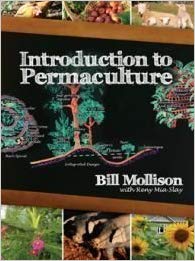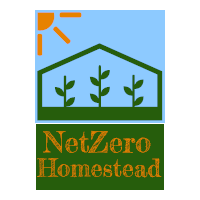When I took the Permaculture Design Course, this book by Bill Mollison was our textbook. Bill wrote a much bigger volume on Permaculture, but this introduction goes over the basics to get you started.
Why Permaculture Design?
What I really liked about Permaculture was using its principles to get the most return with the least amount of effort. This really appeals to me on a logical basis. It also allows anyone to adapt the information to their own scene.
You can plan ahead to use animals to assist you by doing what they do naturally. For example, we have a wooded property. By including goats in our design for our land, we can reduce the brush between our large oaks and pines. Additionally, we get fertilizer for the soil, and milk and meat for food.
Each design takes into account the properties of the land, what you want to get out of it, and how to make it work. It also connects the different parts that will affect it. These include weather, plants and animals. Things are located within the design based on the dwelling and time spent in an area. The more time, the closer to the dwelling they should be placed.

Final Thoughts
Even in this Introduction, Mollison thoroughly covers basic principles. He also goes over site design and the use of buildings, plants and animals. This book gives a wealth of information. Luckily, he uses lots of illustrations to make his points. He also shows how these principles can be adapted to urban and suburban lifestyles.

I’d read it. Sounds interesting.